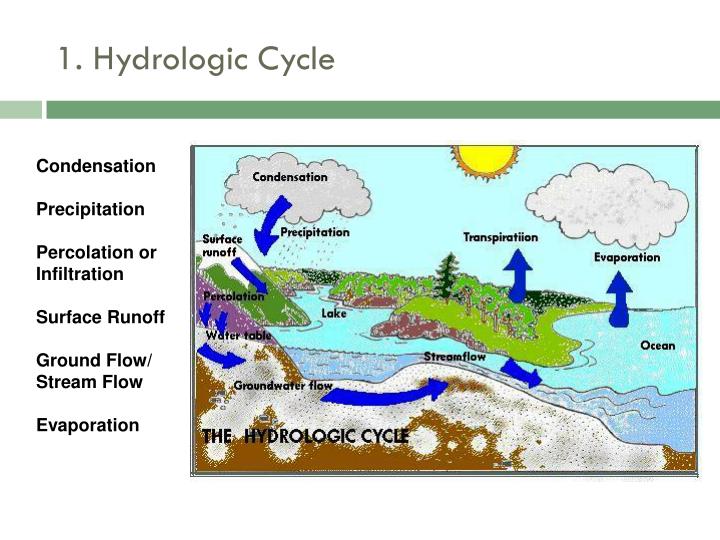

are regularly closed after heavy rainfall because of runoff that includes sewage and medical waste. From California to New Jersey, beaches in the U.S. As the water runs along a surface, it picks up litter, petroleum, chemicals, fertilizers, and other toxic substances. Reducing Runoff Runoff is a major source of water pollution. Materials as diverse as car-washing soaps, litter, and spilled gas from a gas station all become runoff. Roads, sidewalks, and parking lots are impervious surfaces. Impervious surfaces, or surfaces that can't absorb water, increase runoff. Farms are a huge nonpoint source of runoff, as rainwater and irrigation drain fertilizers and pesticides into bodies of water. Runoff from nonpoint sources includes lawn fertilizer, car exhaust, and even spilled gasoline from a car. In these areas, rainwater and irrigation wash chemicals into local streams. Nonpoint sources of runoff can be large urban, suburban, or rural areas. Nonpoint source pollution is any source where runoff does not go directly into a waterway. These regulations vary by region, state, and nation. Regulations determine what type of runoff, and how much, industries are allowed to release. This might include a pipe from specific sewage treatment plant, factory, or even a home. Point source pollution is any source that empties directly into a waterway. Runoff from human activity comes from two places: point sources and nonpoint sources. Toxic gases released by volcanoes eventually return to the water or soil as precipitation. Even toxic chemicals enter waterways through natural processes, such as volcanic eruptions. Runoff also occurs naturally as soil is eroded and carried to various bodies of water. Glaciers, snow, and rain all contribute to this natural runoff. Mountains that cannot absorb water from heavy snowfalls produce runoff that turns into streams, rivers, and lakes. The most familiar type of natural runoff is snowmelt. Runoff can come from both natural processes and human activity. The excess liquid flows across the surface of the land and into nearby creeks, streams, or ponds. Runoff occurs when there is more water than land can absorb.


 0 kommentar(er)
0 kommentar(er)
